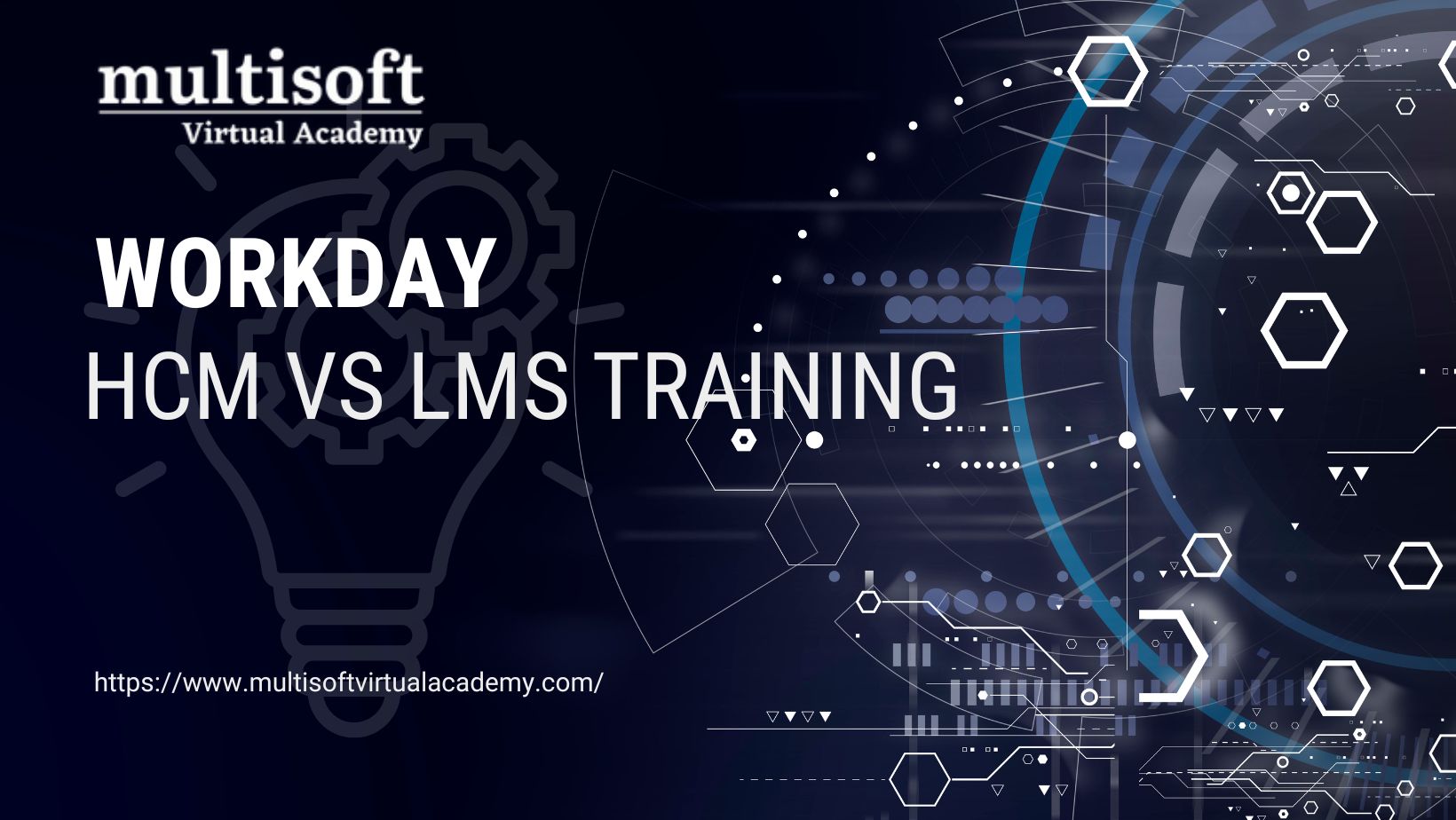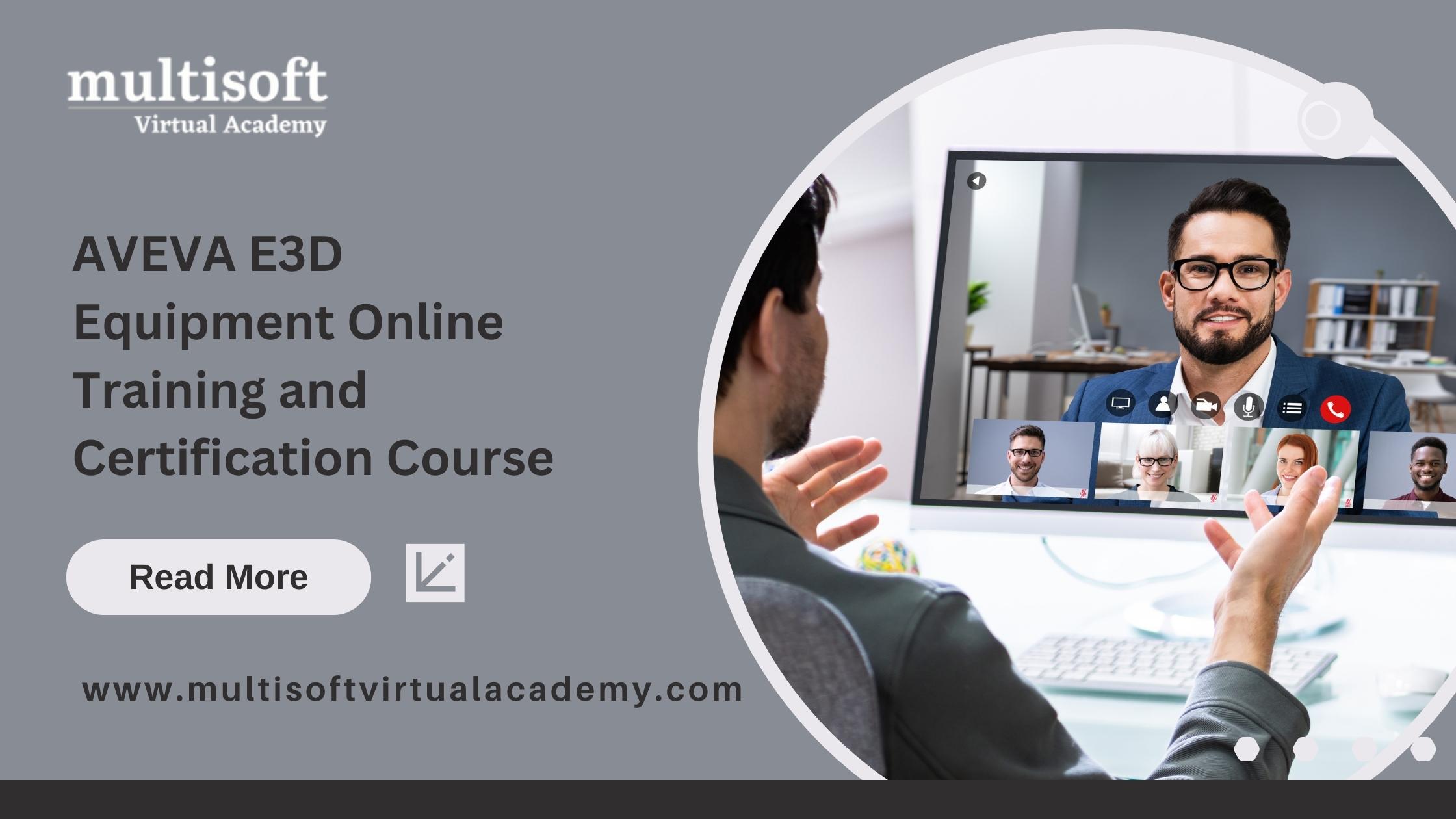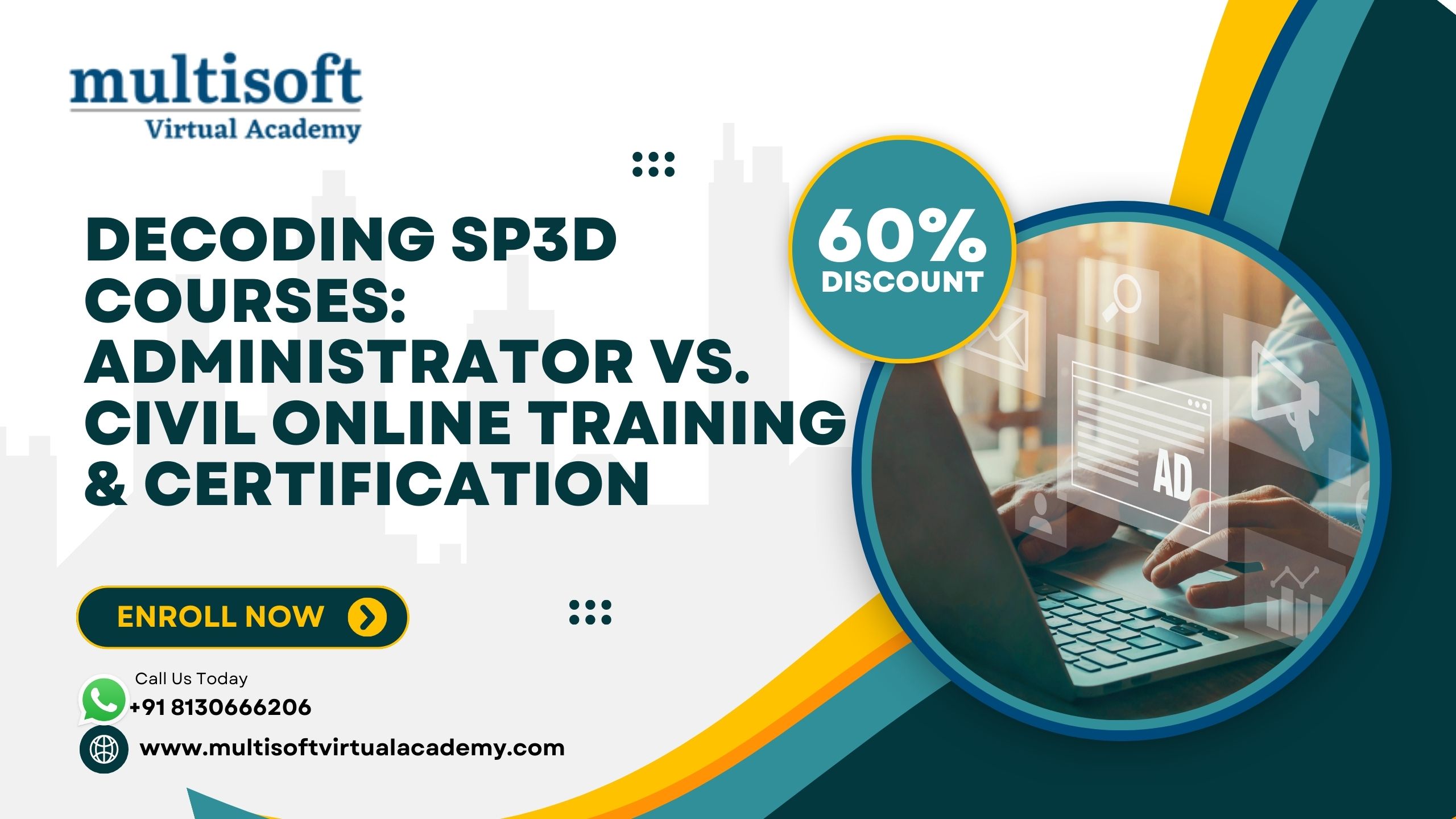The Future of Business Management Innovations in Dynamics 365 Business Central
Overview

The realm of enterprise resource planning (ERP) and customer relationship management (CRM) has seen significant advancements over the years. One such noteworthy addition to this domain is Microsoft Dynamics 365 Business Central. As businesses strive to optimize operations, reduce costs, and improve customer experiences, the demand for skilled professionals in Dynamics 365 Business Central has been on the rise. Addressing this demand, Multisoft Virtual Academy offers a comprehensive Microsoft Dynamics 365 Business Central Technical Combo Online Training that encompasses the entire technical aspect of this powerful tool.
Why Microsoft Dynamics 365 Business Central?
Before diving into the training specifics, it's essential to understand the value of Microsoft Dynamics 365 Business Central itself. As an all-in-one business solution tailored for small and mid-sized organizations, it covers areas like finance, operations, sales, and customer service. With seamless integrations, customizable features, and a cloud-centric approach, Business Central facilitates growth and expansion by helping organizations make informed decisions, automate operations, and connect with their clientele effectively.
The Power of the Technical Combo
Multisoft Virtual Academy, in recognizing the holistic needs of today's businesses, has curated a MS Technical Combo course. This is not just any regular training; it is a combination of modules aimed at providing a 360-degree insight into the technical side of Dynamics 365 Business Central.
- Deep-Dive into Development: The course begins with an introduction to the development environment, where participants understand the Dynamics 365 architecture, extensions, and customization methods. They'll be taught how to use AL language for development, making it easier to modify the software to meet specific business requirements.
- Integration Excellence: In the world of interconnected apps and systems, knowing how to seamlessly integrate Business Central with other Microsoft products (like Power BI, Power Apps, etc.) and third-party solutions is crucial. The training sheds light on API integration, web services, and other integration methodologies.
- Advanced Features: Once the basics are clear, participants delve into advanced topics. This includes exploring the various functionalities of Dynamics 365, from handling workflows and understanding event-driven architecture to managing data and security.
Pedagogy and Training Delivery
What sets the Multisoft Virtual Academy's Microsoft Dynamics 365 Business Combo training apart is its methodical and learner-centric approach:
- Interactive Sessions: The course is structured to encourage interaction. With live sessions conducted by seasoned trainers, participants can ask questions, discuss real-life challenges, and understand the practical applications of what they're learning.
- Hands-on Labs: Merely understanding the theory is never enough. The training includes hands-on labs, ensuring that learners can apply their knowledge, experiment with the tool, and gain real-time experience.
- Assessment and Feedback: Periodic assessments help gauge the understanding and proficiency of the participants. Constructive feedback ensures that they're on the right track and understand areas of improvement.
- Resource Access: Learners receive a plethora of resources, from e-books and study material to recorded sessions, ensuring they can revisit topics anytime.
Benefits of Online Training
By offering the Microsoft Dynamics 365 Business Combo certification training, Multisoft ensures flexibility, accessibility, and cost-effectiveness:
- Flexibility: Online training means you can learn at your own pace. Whether you're a working professional or a student, you can schedule your learning around your commitments.
- Accessibility: No geographical barriers. Whether you're in New York or New Delhi, all you need is a good internet connection to access top-notch training.
- Cost-Effective: By eliminating travel, accommodation, and other logistical costs, online training offers an economical solution without compromising on quality.
Why choose Microsoft Dynamics 365 Business Combo Training?
Choosing the Microsoft Dynamics 365 Business Central Technical Combo Online Certification Training is a strategic decision for professionals aiming to excel in the realm of enterprise solutions. Microsoft Dynamics 365 Business Central is a potent blend of ERP and CRM capabilities, optimized for modern businesses. The 'Technical Combo' amplifies its value by offering a comprehensive understanding of both its foundational and advanced features. The training seamlessly integrates the theoretical with the practical, ensuring learners not only grasp concepts but also apply them in real-world scenarios. Multisoft Virtual Academy, with its global recognition, ensures that the training is delivered by industry experts, using interactive and hands-on methodologies.
Moreover, the online format offers unparalleled flexibility, catering to both working professionals and fresh learners. In essence, this course isn't just about mastering a software; it's about equipping oneself with a skill set that's in high demand, ensuring readiness for the evolving digital business landscape.
Career opportunities
Upon completing the Microsoft Dynamics 365 Business Central Technical Combo Online Training from Multisoft Virtual Academy, a plethora of career opportunities opens up. As businesses globally recognize the need for integrating robust ERP and CRM systems, experts in Dynamics 365 Business Central are increasingly in demand. Let's explore some of the promising career avenues:
- Dynamics 365 Business Central Developer
- Dynamics 365 Business Central Consultant
- Solution Architect
- Project Manager
- System Administrator
- Dynamics 365 Trainer
- Integration Specialist
- Support Engineer
- Sales Specialist or Pre-sales Consultant
Conclusion
The Microsoft Dynamics 365 Business Central Technical Combo Training by Multisoft Virtual Academy is more than just a course; it's an investment in one's professional future. As businesses around the world continue to adopt and integrate Dynamics 365 Business Central into their operations, the demand for skilled professionals in this domain is poised to rise.
This training, with its comprehensive curriculum, practical approach, and online accessibility, ensures that learners are well-equipped to step into this promising world of opportunities.









































 Join our Live Instructor-Led online classes delivered by industry experts
Join our Live Instructor-Led online classes delivered by industry experts